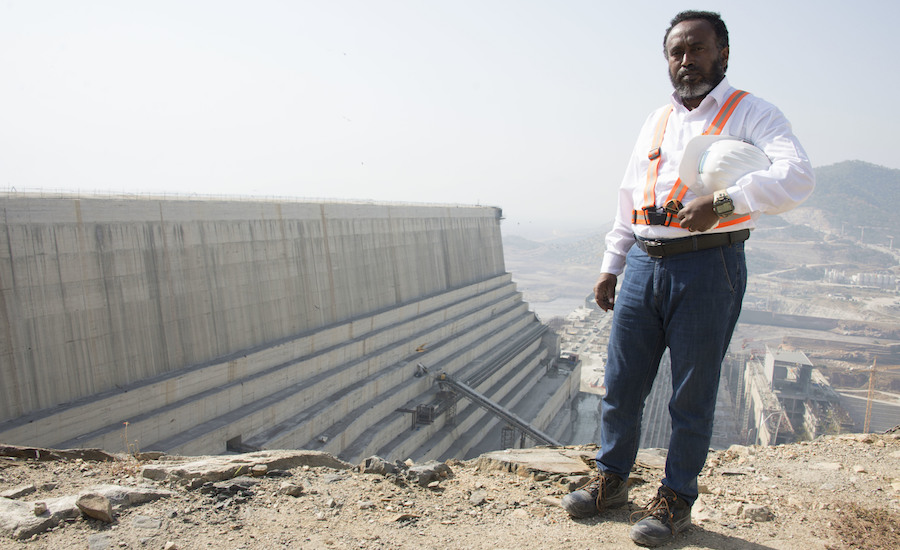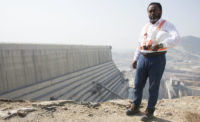The murder of Simegnew Bekele, the project manager and chief engineer of the Grand Ethiopian Renaissance Dam, has transformed one of the world’s biggest energy projects from a source of national pride and controversy into a focus of grief and dismay.
Bekele, 53, was employed by the government and was the national face of the project. He had become popular in Ethiopia. He was found dead in a car on July 26 in Addis Ababa as he was preparing to provide updates about the project.
The murder sparked outpourings of grief in Ethiopia and raised questions as to whether the killing had any connection with the power project.
The murder sparked outpourings grief in Ethiopia and raised questions as to whether the killing had any connection with the power project, owned by state power utility Ethiopian Electric Power Corporation (EEPC).
The government of Prime Minister Abiy Ahmed has promised investigations.
“Bekele was an employee of the state (Ethiopia) so all questions will be sent to our chief client,” said Gilles Rene Castonguay, spokesperson for Salini Impregilo S.p.A., the prime contractor.
Fatal Wound to the Head
Federal Police Commissioner Zeynu Gemal said Bekele, who took over as project manager in 2011, was found at the busy Meskel Square in Addis Ababa with a handgun beside him in a car. A bullet had entered his head from behind his right ear. Unconfirmed reports stated that Bekele was preparing to give an update of the ambitious project days after the prime minister reportedly indicated that the remaining 40% of the project would take many more years to finish.
Located 500 km northwest of Addis Ababa on the Nile River, the hydroelectric project is designed to generate 6 GW of electricity. The project entails construction of a roller-compacted concrete dam with two power stations fitted with 16 Francis turbines.
While initially scheduled for completion in 2017 after work began in December 2010, no new completion dates have been given.
The dam is designed to be 1800 meter long, 155 m high and have a holding capacity of 74 billion cubic meters. It has a concrete spillway and a rockfill saddle dam 5 km long and 50 m high. The reservoir could take five to seven years to fill up.
Egypt has expressed concern the project could substantially reduce its share of the Nile water as the country relies on it for 85% of its water supply.
Controversy has dogged the project from the time it begun, after environmental groups led by International Rivers raised alarm over the possibility of the dam holding sediments on which agricultural communities in Sudan rely on for crop production, and the likely impact on Egypt's irrigation and domestic consumption.
Ethiopia has yet to make public the dam's environmental and social assessment study that has been at the heart of the conflict with Egypt and rising pessimism from experts on its viability.



